30 Bluestar RNB and hood question
FamCook
10 years ago
Featured Answer
Comments (7)
FamCook
10 years agoRelated Professionals
North Druid Hills Kitchen & Bathroom Remodelers · Artondale Kitchen & Bathroom Remodelers · Centerville Kitchen & Bathroom Remodelers · Chicago Ridge Kitchen & Bathroom Remodelers · New Port Richey East Kitchen & Bathroom Remodelers · Pasadena Kitchen & Bathroom Remodelers · Phoenix Kitchen & Bathroom Remodelers · Portage Kitchen & Bathroom Remodelers · Sweetwater Kitchen & Bathroom Remodelers · Wilmington Island Kitchen & Bathroom Remodelers · Farmers Branch Cabinets & Cabinetry · Livingston Cabinets & Cabinetry · Plymouth Cabinets & Cabinetry · Potomac Cabinets & Cabinetry · Prospect Heights Cabinets & Cabinetrygtadross_gw
10 years agogtadross_gw
10 years agoYuliaO
10 years agokaseki
10 years agofoodonastump
10 years ago
Related Stories
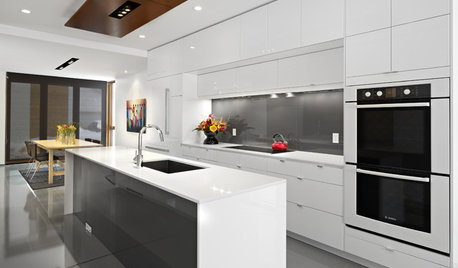
KITCHEN APPLIANCESFind the Right Oven Arrangement for Your Kitchen
Have all the options for ovens, with or without cooktops and drawers, left you steamed? This guide will help you simmer down
Full Story
KITCHEN DESIGNHow to Find the Right Range for Your Kitchen
Range style is mostly a matter of personal taste. This full course of possibilities can help you find the right appliance to match yours
Full Story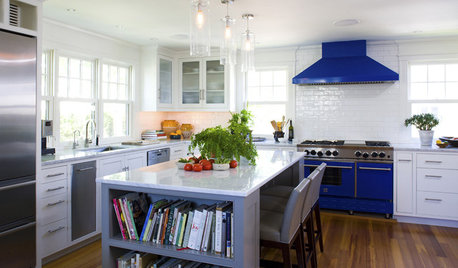
KITCHEN DESIGNSo Over Stainless in the Kitchen? 14 Reasons to Give In to Color
Colorful kitchen appliances are popular again, and now you've got more choices than ever. Which would you choose?
Full Story
TASTEMAKERSPro Chefs Dish on Kitchens: Michael Symon Shares His Tastes
What does an Iron Chef go for in kitchen layout, appliances and lighting? Find out here
Full Story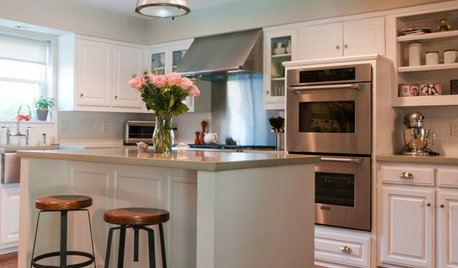
KITCHEN DESIGNShow Us Your Fabulous DIY Kitchen
Did you do a great job when you did it yourself? We want to see and hear about it
Full Story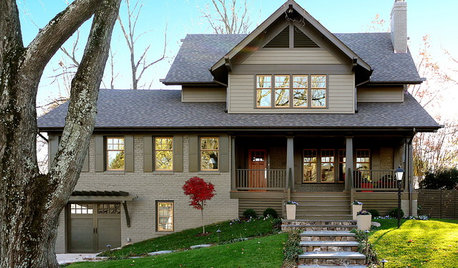
REMODELING GUIDESHouzz Tour: Turning a ’50s Ranch Into a Craftsman Bungalow
With a new second story and remodeled rooms, this Maryland home has plenty of space for family and friends
Full Story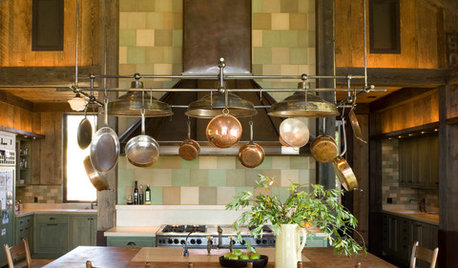
KITCHEN DESIGN12 Rustic Touches That Add Warmth to a Kitchen
Exposed beams, chandeliers, farm tables or just a key accessory or two can bring some coziness to the heart of your home
Full Story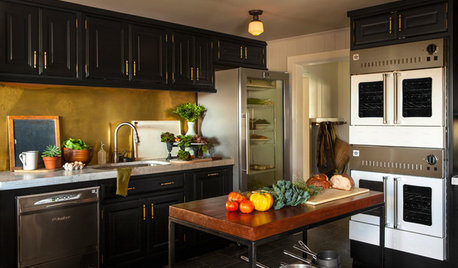
FARMHOUSESAn Iron Chef’s Farm Kitchen Gets Some Kick
Pro appliances and improved accessibility prove the right recipe for a kitchen that now multitasks with ease
Full Story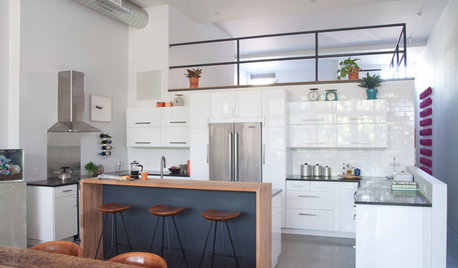
ROOM OF THE DAYRoom of the Day: Custom-Kitchen Look on a Budget
An artistic New York City family enlists the help of a skillful designer to create a customized built-in appearance using Ikea cabinets
Full Story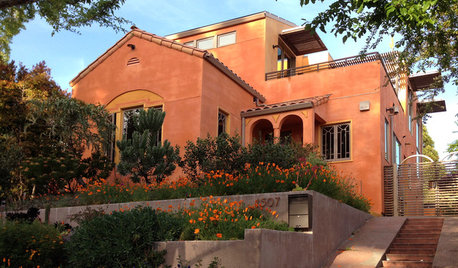
HOUZZ TOURSHouzz Tour: Stunning Rooftop Deck Tops a Totally Remodeled Home
An overhaul of this Berkeley home includes new landscaping, a sunny home office, 2 bedrooms and a rooftop entertainment space
Full Story







gigelus2k13